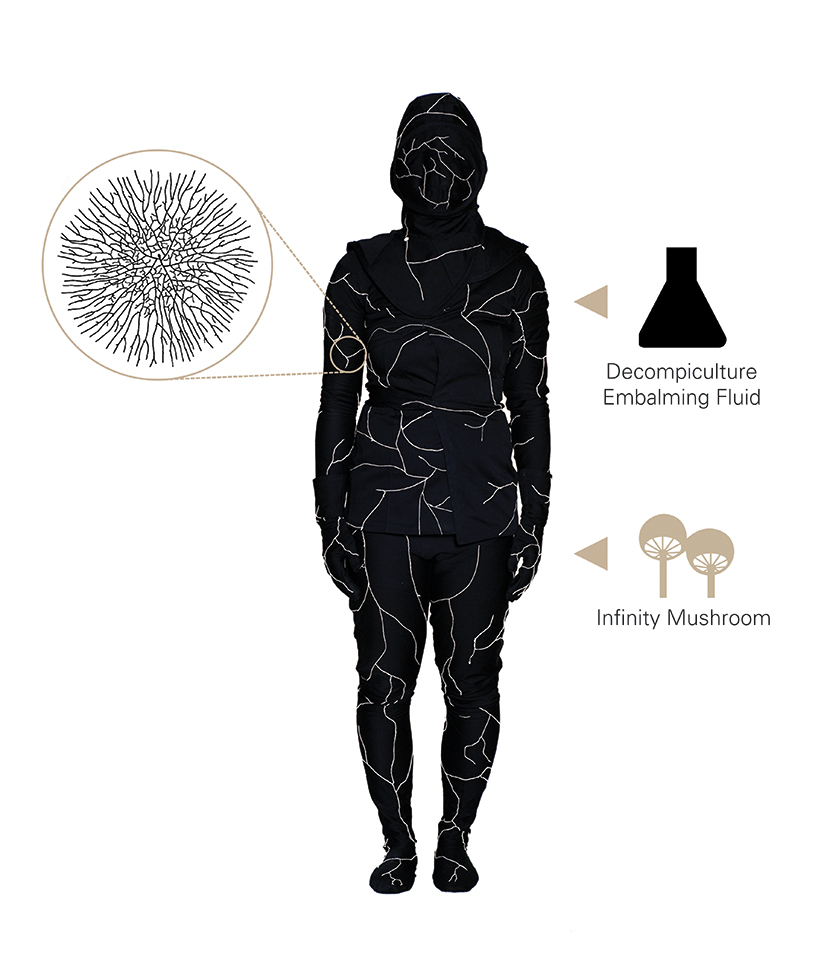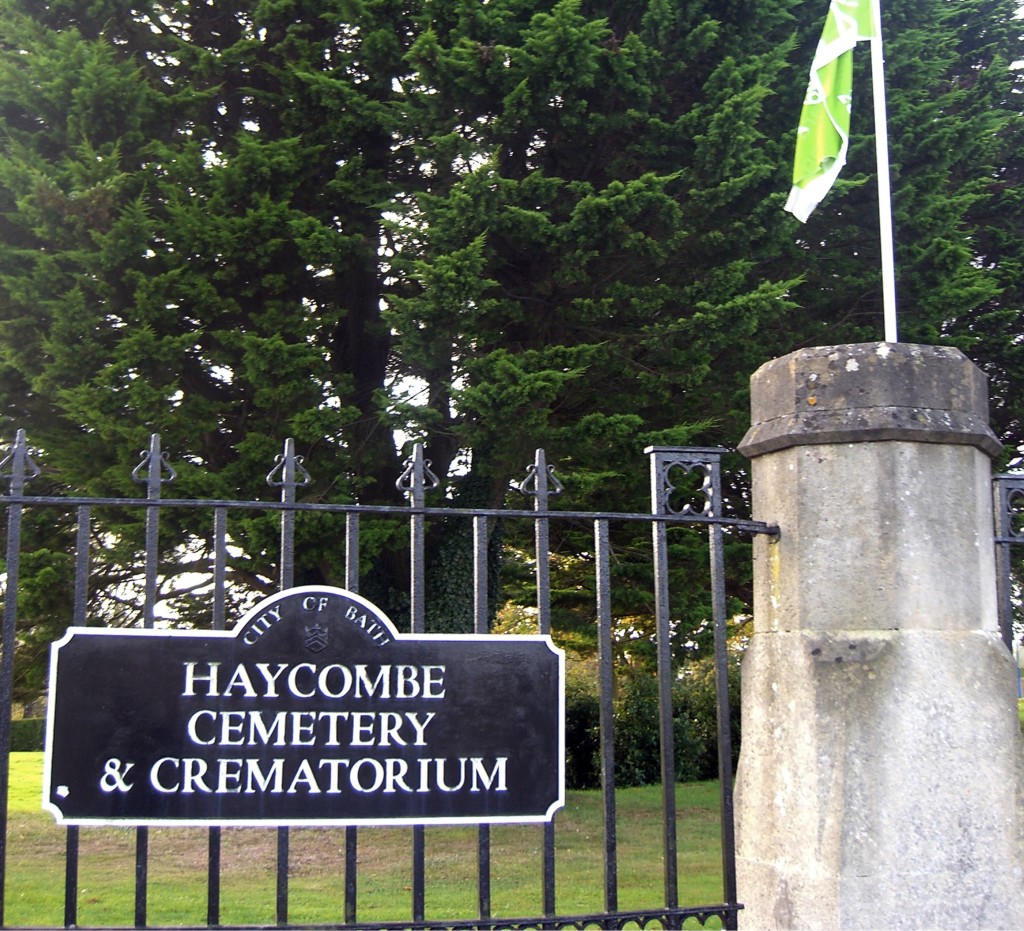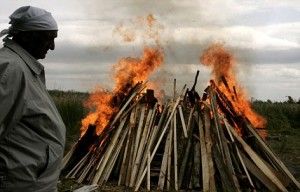Eco-friendly or “green” burial methods and practices are the hot topic in the funeral industry and mortuary sciences these days. Everywhere you turn, there is a new book, article or news report on the subject. There is even a Green Burial Council, which touts itself as “an independent, tax-exempt, nonprofit organization working to encourage environmentally sustainable deathcare and the use of burial as a new means of protecting natural areas.” And while the topic has received much attention in popular culture, acceptance of the various practices haven’t reached the all important “tipping point” for true integration into society—at least not yet anyway.
There are literally thousands of links out on the Internet referring collectively to the green burial movement. In doing a quick Google search using the following terms, this gives you a sense of the green burial chatter out there (numbers are rounded up):
“green burial” = 45,000 hits
“eco-friendly burial” = 35,000 hits
“natural burial” = 37,000 hits
So I thought it might be a good idea to review the various final disposition methods considered or referred to as green, natural or eco-friendly. There are actually quite a few different options out there although many funeral homes or mortuaries may only offer one option if they even offer any at all. This is not meant to be a comprehensive list but rather, an overview of some of the most common green body disposition and burial methods. I am making a distinction about the two categories as the former is about how the body is dealt with at final disposition and the latter is about choices made about final placement of the remains.
Disposition of the Body
Promession: The body is frozen to minus 18 degrees Celsius and then subjected in liquid nitrogen. This makes the body fragile. It is then vibrated which causes it to break down into an organic powder. Then it is introduced into a vacuum chamber where the water is evaporated. The now dry powder passes through a metal separator where any metals and mercury are removed. The remains are now ready to be laid in a coffin made of corn starch. The coffin is then buried in a shallow grave in living soil. As a result the coffin and its contents turn into compost in about 6-12 months. A bush or tree can be planted above the coffin. The compost formed can then be taken up by the plant, which can instill greater insight and respect for the ecological cycle. The plant stands as a symbol of the deceased. Source: Promessa
Alkaline Hydrolysis: Alkaline hydrolysis, also known as Resomation (which is a trademarked term) is a process that liquefies rather than burns body tissues. It uses about a sixth of the energy of cremation and has a much smaller carbon footprint, according to Sandy Sullivan, the managing director of Resomation, a company in Scotland that has designed a machine called “the Resomator”. The corpse is placed in a pressurized chamber. The vessel is then filled with water and potassium hydroxide, creating a highly alkaline solution, and heated to 330 degrees. After about three hours, all that’s left are a soft, white calcium phosphate from bone and teeth and a light brown primordial soup of amino acids and peptides. Bodies buried underground decompose in the same way, albeit over many years and aided by microorganisms. Unlike cremation, Resomation doesn’t vaporize the toxic mercury of dental fillings and doesn’t char joint implants, leaving them clean, shiny and potentially recyclable. The bone and tooth material can be ground into a fine ash, as with traditional cremains. The brown liquid, because it’s sterile, can go down the drain. Currently used on research cadavers and diseased animal carcasses, there are various companies exploring the commercial use of alkaline hydrolysis in the disposition of human corpses. Source: The Ninth Annual Year in Ideas (New York Times Magazine)
Embalming-free: Currently, no state or province in North America automatically demands the embalming of bodies. When preservation of the body is specified by state ordinance, refrigeration, chilling or dry ice can often be substituted for embalming. Special circumstances such as an extended time between death and burial, and transportation of remains on commercial airline flights may necessitate embalming. The body can be refrigerated instead of being embalmed with toxic chemicals. If refrigeration isn’t available, ice or dry ice can be used to preserve the body until burial. Embalming fluid is usually comprised of the carcinogenic chemical formaldehyde, which poses health risks to those who work with it. For those who choose embalming, there are now several formaldehyde-free embalming fluids that will adequately preserve the body for up to several weeks. Source: aGreenerFuneral.org
Placement of the Body
Green Cemeteries: A green gravesite is a natural setting more closely resembling a forest floor. Green cemeteries are park-like or woodland/forest settings with acres of natural topography. The natural or green burial method starts with the body preparation which uses no embalming fluid or a nonformaldehyde-based formula. If there’s a headstone, it’s a rock or a piece of rough-cut limestone that’s flat on one side to identify the deceased. Some people plant a tree on the spot. Some methods use GPS coordinates to spot a grave’s location. Caskets are made of wood, plywood, bamboo, cardboard, cornstarch or wicker, etc. Sometimes a shroud or quilt may be used to wrap the body.
Backyard Burial: Not all backyard or personal property burials utilize biodegradable caskets/coffins or involve wrapping the body in cloth or shrouds. However, by choosing backyard burial, families do not contribute to the high maintenance costs and pesticide-laden practices at traditional cemeteries. Perhaps the most well-known burial on personal property is that of the Presley family at Graceland in Memphis, TN. Each state has different laws regarding personal property or backyard burials. Source: various
Biodegradable Coffins: There are numerous biodegradable coffin/casket choices. Some of the most common materials used are bamboo, willow, pine, seagrass, cane, recycled paper and cardboard, untreated jute and natural resin and banana leaf. Unlike traditional caskets which may be made of steel or rare hardwoods and employ fixatives/varnishes, metal hinges, rubber gaskets and paint, biodegradable coffins are made of organic materials, allowing for easy breakdown and decomposition into the soil. Source: Natural Burial Company, ecoffinsUSA et al.
Reef Balls: Reef balls are artificially-designed reefs. They are hollow, concrete structures that are placed on the ocean floor and serve as habitat for marine life. Cremains are mixed with the concrete as the reef ball is being cast. Once hardened, they are transported out to sea via boat where friends and family members are able to participate in a sending off ceremony. Eternal Reefs is one of a small number of companies offering memorial reef balls. The largest “green memorial” in the United States is located in Sarasota, Florida where several hundred Eternal Reefs Memorial Reefs are dedicated. Eternal Reefs have been placed in many locations including waters off of New Jersey, the Chesapeake Bay, Maryland, South Carolina, Florida and Texas. Reff balls are only allowed in properly permitted locations that are approved by the Federal, State, and local governments. The Reef Ball Foundation, Inc. is a 501(c)(3) publicly supported non-profit organization that functions as an international environmental non-governmental organization. The foundation uses Reef Ball artificial reef technology, combined with coral propagation, transplant technology, public education and community training to build, restore and protect coral reefs. The foundation has established “Reef Ball reefs” in over 56 countries with ongoing projects in 14 additional countries. Source: Eternal Reefs, Reef Ball Foundation
Further investigation
Books:
Grave Matters: A Journey Through the Modern Funeral Industry to a Natural Way of Burial by Mark Harris
Going Out Green: One Man’s Adventure Planning His Natural Burial by Bob Butz
Grave Expectations: Planning the End Like There’s No Tomorrow by Sue Bailey
Links: Green Burial Council, Centre for Natural Burial, Natural Death Centre
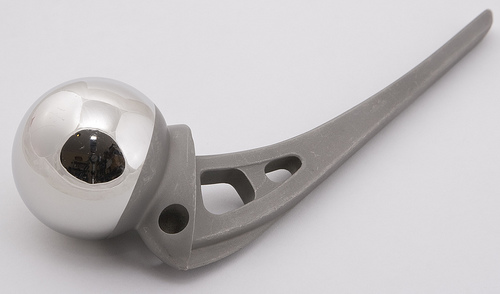
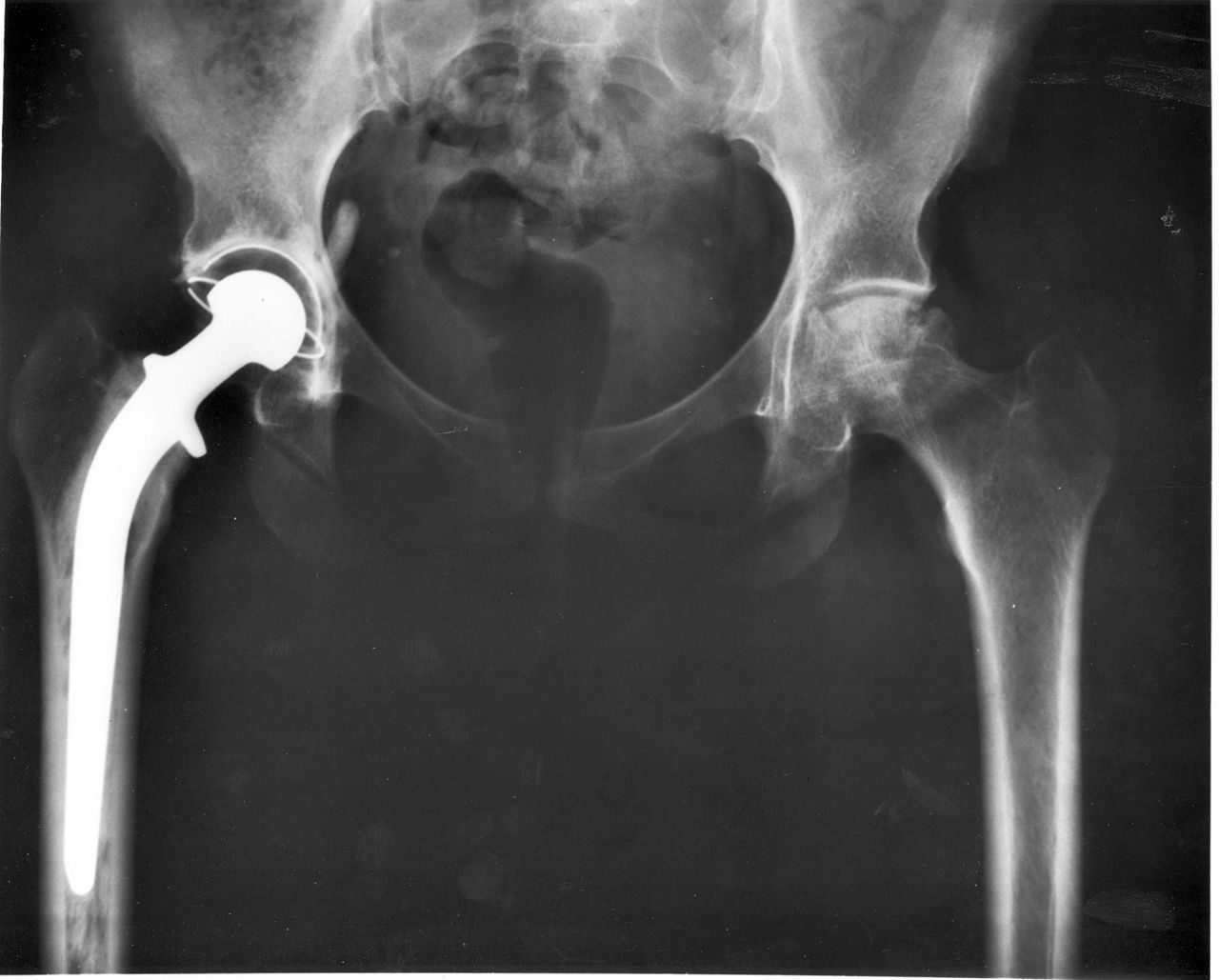
 When the Death Reference Desk started in July 2009, we immediately began discussing death, dying, the dead body and the economy. You can read all of those posts in the
When the Death Reference Desk started in July 2009, we immediately began discussing death, dying, the dead body and the economy. You can read all of those posts in the 